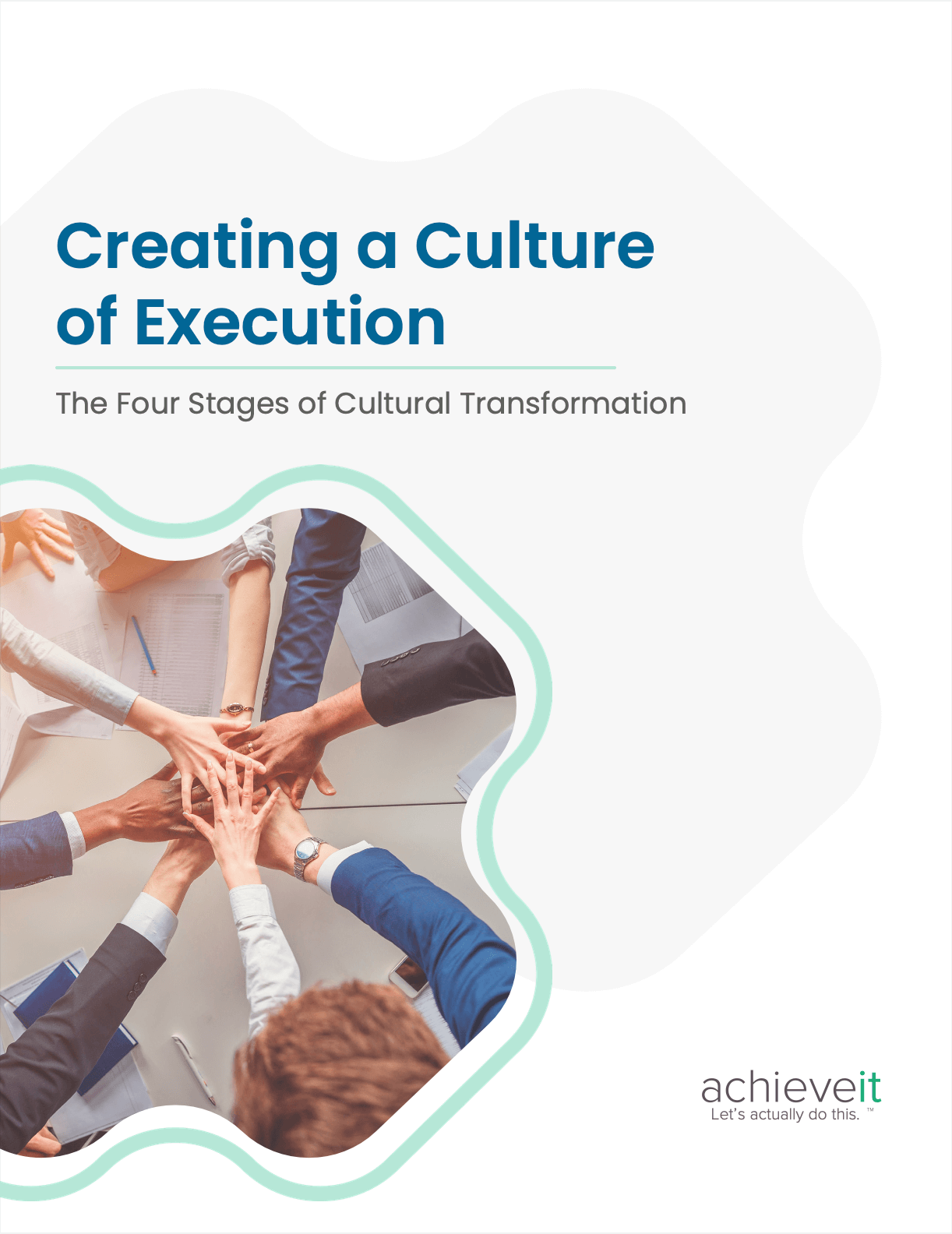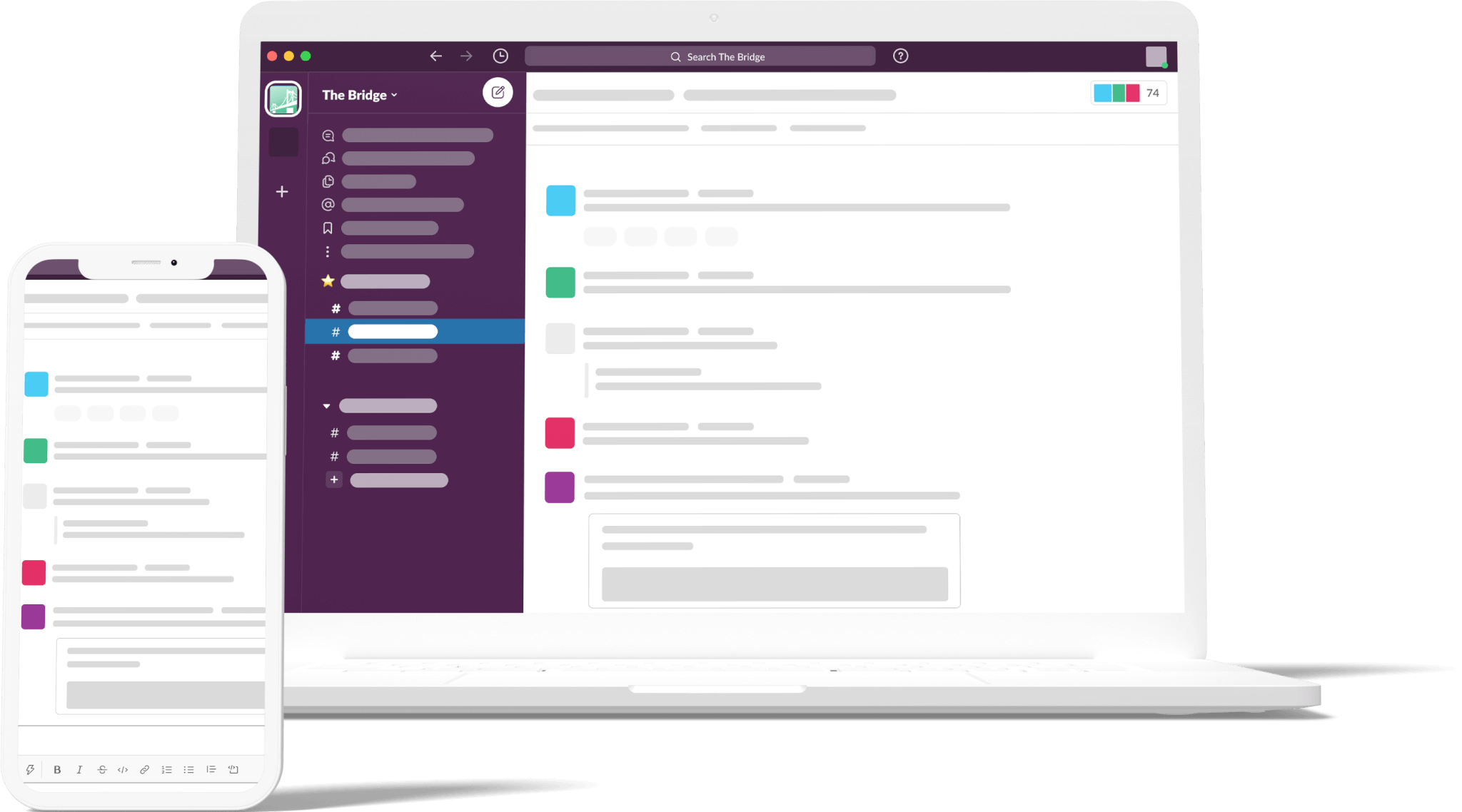In the last 20 years, retail urgent care clinics have exploded in popularity. The healthcare systems that led their growth did so by developing strategic plans that took changing market dynamics, consumer preferences, regulations, and other forces into account.
The first urgent care clinics opened in the early 1970s, but they were not favored by consumers and were looked down upon by hospital and primary care operators. Things started changing in 2000, especially people’s expectations for wait times. That led to the first true “retail” clinic, offering faster service on an as-needed basis, opening in Minneapolis.
Creating those first retail clinics was undoubtedly the result of careful planning. But in all industries, and especially in healthcare, things can change quickly. The leaders and teams tasked with executing and adjusting the strategic plan needed reliable, up-to-date information they could rely on to make sound decisions. They needed a single source of truth–SSOT–that everyone in the organization could access, understand, and use as a guide for executing the strategic plan.
Having a single source of truth is critical to successful strategic planning and execution as it keeps the organization focused on its goals and helps ensure everyone is (literally) on the same page. But maintaining an SSOT is not always easy. It requires a leader with a clear vision, frequent updates to the strategic plan, and open communication channels so that everyone can access the latest updates.
What is an SSOT, and why is it important?
In strategic planning, having a single source of truth means having the plan, as well as all the data that informs that plan, in a central repository that’s easily accessible. An SSOT is the organization’s north star, offering a comprehensive and accurate view of the goals, objectives, performance metrics, and market trends.
A single source of truth ensures organizations’ strategic planning efforts are consistent and aligned with their goals and market conditions. If leaders and employees rely on multiple sources of information, it inevitably leads to inconsistencies, confusion, and poor decision-making. A SSOT reduces the risk of conflicting or outdated information being used to develop and implement elements of the strategic plan.
A single source of truth also promotes accountability and visibility within the organization. With access to important, relevant information in a single repository, employees and stakeholders are aware of the organization’s strategic direction and accountable for their roles. Leaders can more easily track progress and guide employees in their actions.
Finally, a single source of truth allows organizations to engage in strategic planning processes that are more efficient. It eliminates the need for employees to spend time searching for and reconciling data. With all of the relevant information in one place, organizations can be more nimble and proactive.
A single source of truth is only as good as its last update
A single source of truth quickly becomes outdated and unreliable if it’s not revisited with enough frequency.
Too often, we see organizations that approach the strategic planning process as a yearly exercise. They develop a plan and carefully document all of the data and information used to create it and place it in a central repository where everyone can access it. Then they set about the execution phase, not revisiting the plan for another year.
For the first few weeks after the plan is finalized, that’s fine. The information is current, and little, if anything, has changed. But with every day that passes, the plan becomes just a little more outdated. Changing dynamics, such as new technologies, shifts in consumer preferences, new government regulations, and growing (or shrinking) competitive sets, can all affect the accuracy of the SSOT.
An out-of-date SSOT causes leaders and employees to make ill-informed decisions using flawed logic. What’s worse, they may think they’re making sound decisions — because, after all, they’re using the SSOT. But, in fact, their decisions can lead organizations down the wrong path, resulting in wasted resources and missed opportunities.
FREE RESOURCE
4 Stages to Create a Culture of Execution
Download this guide to learn how to build an organizational culture that amplifies execution and results.

How often should the single source of truth be updated?
Based on our experience with organizations in a variety of industries, we recommend that the single source of truth be addressed, evaluated, and updated on at least a monthly basis. However, this depends on the overall scope of the plan it’s informing.
For strategic plans, monthly is ideal. This strikes a good balance between keeping information updated and staying out of continuous planning mode without ever getting to execution. It allows strategic planning leaders to communicate new information as it becomes available and circumstances change.
However, if the plan is for a project with a three-month implementation timeline, monthly updates are not enough. In that case, weekly updates would be preferable.
How organizations can maintain a reliable single source of truth
For organizations to maintain a single source of truth that all stakeholders can rely on for the development and execution of a strategic plan, they must have a structure with three clear roles — the architect, the translator, and the doer.
The architect provides the vision
The architect — typically, a person in a senior leadership role, such as the chief executive officer (CEO) or chief operating officer (COO) — is responsible for leading the development of the strategic plan.
One of the key roles of the architect is to provide direction and vision by clearly articulating the organization’s goals and objectives during the planning process. They have an understanding of where the organization is in its growth, where it needs to be, and how it will get there. The architect serves to ensure that all strategic initiatives align with the vision, helping to create a unified focus and purpose for the organization.
The architect should become as knowledgeable as possible about all the market forces and changing dynamics that can affect the single source of truth. This process involves spending as much time as possible “where the work happens.” Doing so allows the architect to maintain the single source of truth by basing their vision on reality rather than hypothesis.
The translator keeps everyone informed
In a very real sense, the translators are the ones responsible for maintaining the single source of truth.
While the architect is usually one person — or a very small group — the translators are a larger group. The translators are liaisons between the architect and the people who will actually execute the plan. Their role is to lead the process of converting (or translating) the architects’ vision into a strategic plan for achieving that vision.
Because they occupy the middle ground between the architects and the doers, translators are often found at multiple levels within a given organization’s hierarchy. Translators in upper management who report to C-level executives will usually be the primary authors of the strategic plans, having “translated” them from the architects’ vision. Middle management and project management teams then translate those strategic plans into action plans for the doers.
Open, clear communication is critical to success in strategic planning for any organization, and it’s the translators’ responsibility to ensure those lines of communication stay open and flowing in both directions. As important as it is for them to communicate the architects’ vision throughout the organization, it’s just as important for them to facilitate upward communication.
This helps ensure that changing customer preferences and other marketplace dynamics are known to the architects and translators, so they can shift their visions and plans accordingly. This kind of ground-level knowledge is the data that feeds the SSOT.
The doers execute the plan
Finally, the doers are the people who get the work done. Their role is to accomplish the tasks shared with them by the translators, working toward the organization’s goals and achieving the architects’ vision.
The doers also have a role to play in maintaining and updating the single source of truth. Since they are the ones doing the work at ground level, they know what’s really happening in the marketplace. They often have an underrated grasp of how well an organization’s plan might work, and smart leaders value their perspectives.
For that reason, “doers” should feel empowered to share any issues with the strategic plan and how it meshes with reality.
Organizations must maintain a culture of collaboration and communication
Ultimately, maintaining a reliable, up-to-date SSOT comes down to an organization’s culture. If employees and stakeholders at all levels feel like they’re an important part of the process and that their input is valued, then more information gets fed into the strategic planning process.
It takes strong organizational discipline to seek and process feedback from employees at various levels, ensuring diverse perspectives and a realistic stance. This collaborative approach also fosters a sense of ownership and accountability among employees as they are actively involved in shaping the organization’s future.
Check out our customer stories to learn how organizations across diverse industries leverage the AchieveIt platform to create a well-thought-out strategic plan and a single source of truth that guides key decisions.
Join The Bridge Community
Join other strategy leaders to problem solve, network, and bridge the gap between strategy & execution.




